11. The High Sun (Dalibor Matanic, 2015)
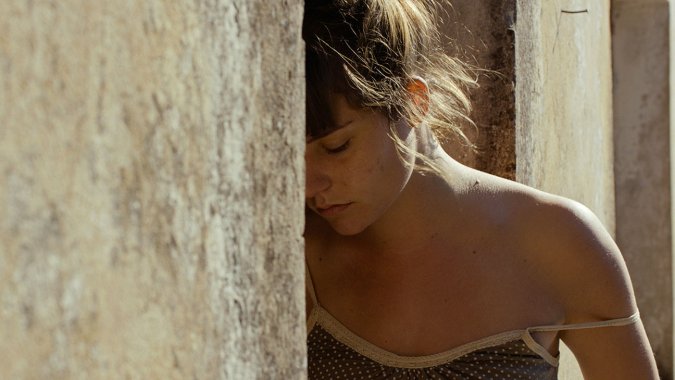
Like many Balkan filmmakers, Croatian screenwriter and director Dalibor Matanic is concerned with the brutal conflict that tore the region to pieces. However, in this film, he decides to take an approach that is much more abstract, and searches through history and through the human soul to investigate the destiny of two populations, the Serbs and the Croats.
Matanic uses his cinematic influences to transport a discussion from the political to the philosophical, by showing the destiny of three different love stories during three different periods of time.
The natural beauty seems to fight off the scars of the characters; the film plays with light, absorbing the rays of the sun and their white reflections, to create a dreamy atmosphere, and the long takes are infused with pathos and gravitas.
The script is much more tight than the script from a Tarkovsky film, and the pace is quicker, but the moments of abstraction are extremely powerful because the narrative builds towards these moments.
It searches for a directorial solution that does not give answers and factual resolutions but looks for a particular shot, a particular moment of suspension, that gives the idea of how life, death, love, and the future of two countries are as uncertain and fragile as ever, and the only true thing is the present moment, suspended enchantment and brutal wounds.
12. La Ciènaga (Lucrecia Martel, 2001)
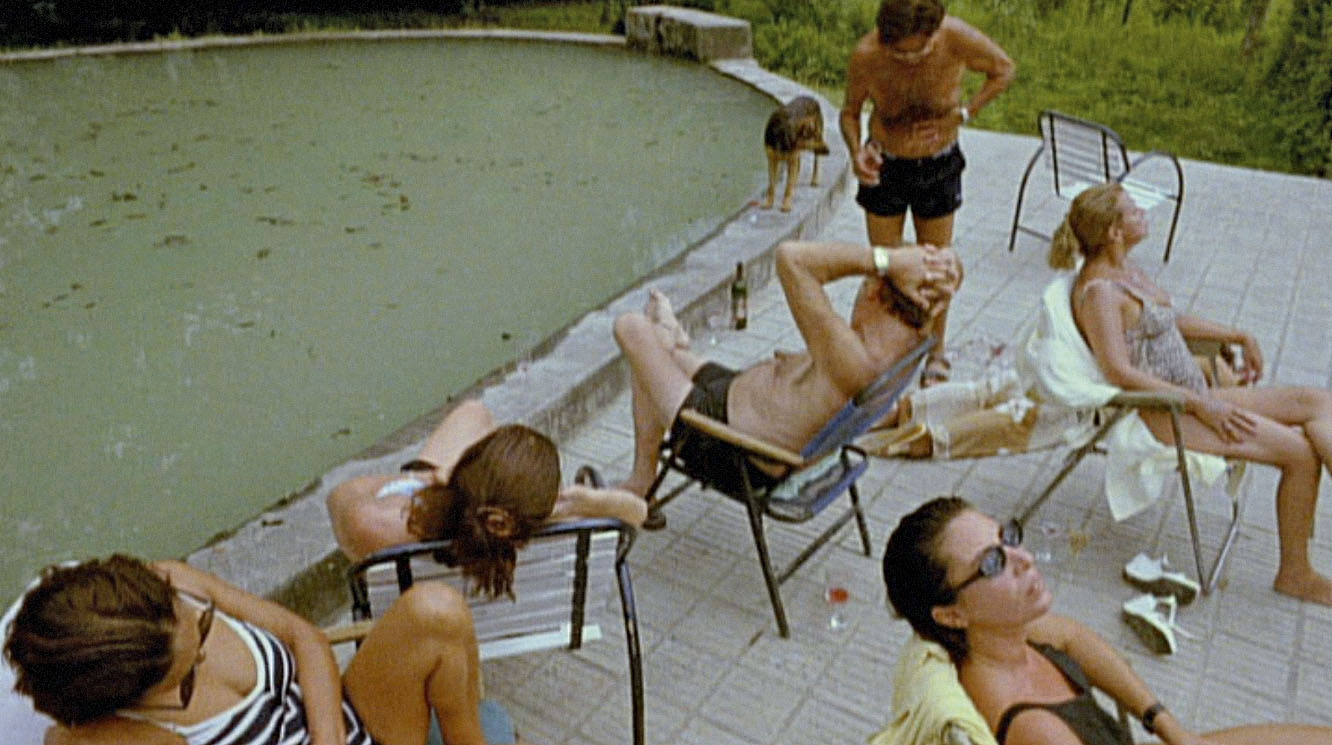
Lucrecia Martel is one of the greatest directors in the history of South America. Her films tell stories of people, but go beyond the social realism in favor of deep psychological introspection that is approached in a contemplative way against the Argentinian landscape.
Her critique of the middle class is done through few camera movements, dilated pace of the story, tactile cinematography, and a sonic landscape that records everything, from the dust twirling in the wind, to the rain that starts tickling on a window, to the footsteps of running children, to the birds singing.
“La Ciènaga” is her first feature, her most low budget and claustrophobic film, but her fascination with slow storytelling, the use of the lighting to create a serenely dreamy atmosphere full of vigor and dramatic tensions, and the way the characters behave in the frame in certain sections (like neoclassical statues, looking up, standing still, composed, aesthetically elaborated and yet still unmistakably human in their emotional behavior), are all signs of her monumental sensibility, an original fusion of Bunuel, Satyajit Ray, and Tarkovsky. Her style will develop progressively in her subsequent films.
13. Those Three (Naghi Nemati, 2007)
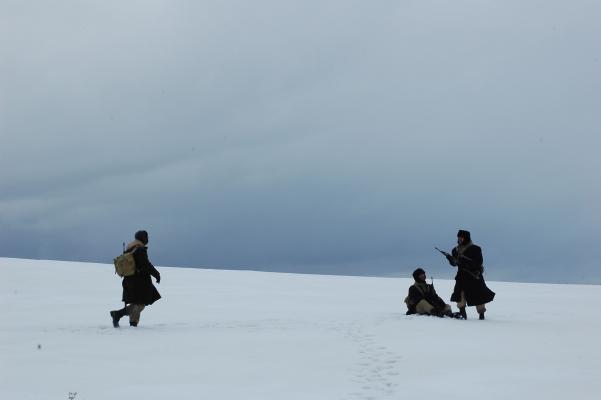
“Those Three” is a scary film; Naghi Nemati has a way of looking into the void that is Tarkovskian in its elemental gaze and in its compositional aspects, but there is some Herzog in its pale, astonished look at the horror.
It is a little bit of an Iranian heart of darkness. The whole film takes place into an otherworldly landscape, similar to a concept from the Tao philosophy; the great peaceful nothing, which in the film is explored through the ambiguity that the soldiers find in their quest for freedom.
The liberation they seek starts to appear more and more like a great white horror, until the magniloquent conclusion. The film has echoes of “Stalker”, “Ivan’s Childhood” and other films by the Russian director, all done with an essentiality that is typical of films from Iran.
14. The Color of Paradise (Majid Majidi, 1999)
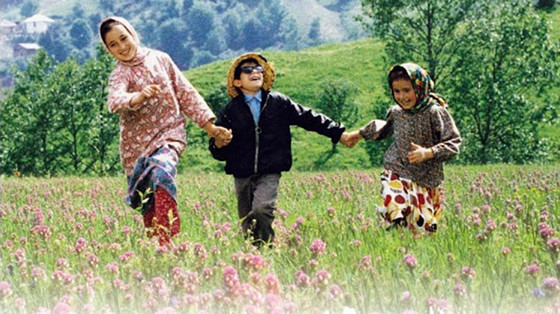
Iranian cinema became famous for its avant-garde sensibility, but there is a lot of cinema that is deeply spiritual, like the works of Majid Majidi, who mixes social realism and influxes of Tarkovsky, Malick, and Parajanov, and bright colors and landscapes full of harmony to celebrate the Divine glory within nature, the struggle and the splendor of the world.
In one of the key sequences, a father and son are walking through the woods, illuminated by an ethereal light, and on the ground, a turtle struggles to move, and the two men don’t see it. It’s a scene in which the microscopic struggle of a poor small creature contrasts with the magnificence of creation, but is at the same time an essential part of it.
15. Japòn (Carlos Reygadas, 2002)
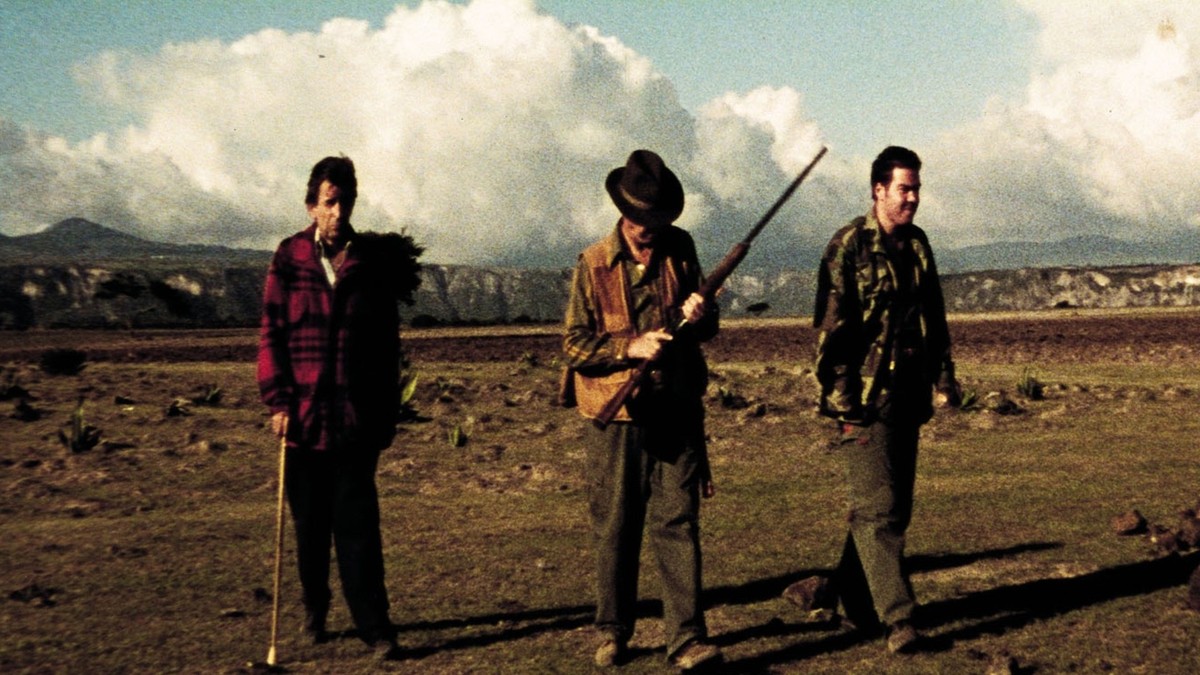
Carlos Reygadas is the new Tarkovsky. Perhaps time will tell how good he will be as a filmmaker, and he will certainly not be able to eclipse the master, but there is nobody who comes closer to capturing the type of atmosphere that Tarkovsky created, who has the same relationship with the landscape and the same tenderness with the camera.
There is also thematic correspondence, the fascination with nature, transcendence, and humanity as a concept and philosophy, with isolated communities. What Reygadas adds is an incredible bravery and technical ability in setting up shots that are absolutely marvelous and breathtaking without compromising the absolutely natural flow of his films. “Japòn” is powerfully existential and one of the best films of the 2000s.
16. Antichrist (Lars von Trier, 2009)
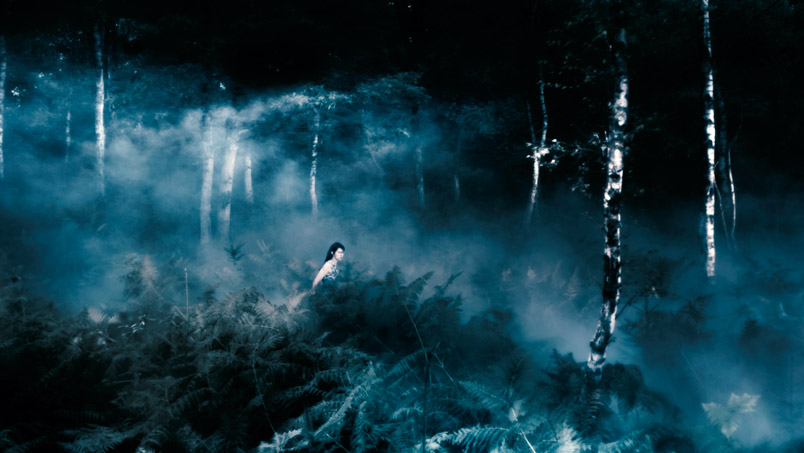
Lars von Trier is one of the great directors who openly loves Tarkovsky and celebrates him in his films. “Antichrist” is the ultimate fusion; it is a film with experimental elements, with von Trier’s usual sadism and confrontational attitude, but with visual sections, slow motion sequences, pans, and cinematography.
Even the shape of the trees look completely lifted from a Tarkovsky film. Von Trier substitutes the levitation from nature to the sublime with a descent from nature to hell.
17. Eternity (Pantewanop Tewakul, 2010)
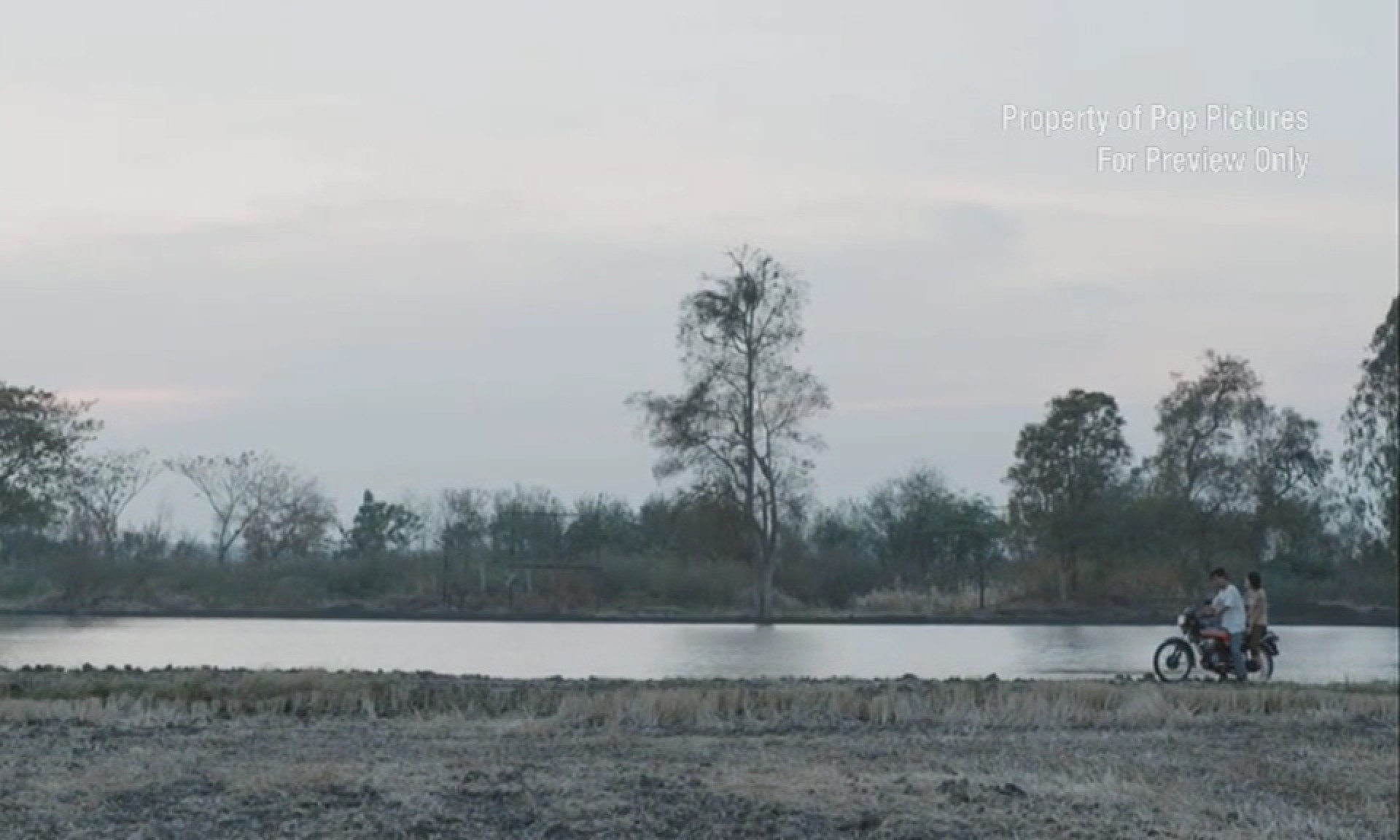
“Eternity” is extremely less experimental than the great Thai cinema, the cinema of Weerasethakul, Ratanaruang and others, so it takes the structure of the social melodrama and traditional Indian cinema. In this traditional structure, the director finds a more meditative angle in a sequence where a motorbike goes through the trees on a sun drenched street, a cross between a Mediterranean summer scenario and a Middle Eastern luminous setting.
Other scenes involve lying on grass, cascades, and natural cinematography. Indeed, amidst the melodrama, the sound of the wind and the dreamy suspension are very much present.
18. Mother and Son (Aleksandr Sokurov, 1997)
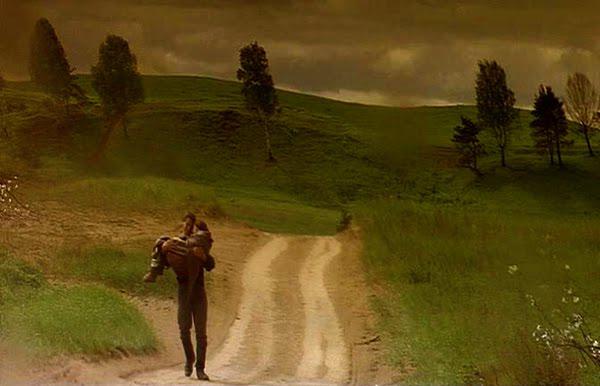
Tarkovsky’s ghost infests Russian cinema, and the responsibility to live up to what Bergman called “the greatest director of all time” is a daunting one, but Sokurov managed to do it, through a style of filmmaking that adds an incredibly pictorial sensibility to the Tarkovskian element; films that are inspired and similar to paintings.
“Mother and Son” is, in particular, influenced by the paintings of German romanticism, especially Friedrich. The cinematography has been compared to Greenaway, Jarman, and Brakhage, but Sokurov, being Russian, has almost as an inborn quality, a majestic and monumental style that tries to make every film a gigantic oeuvre and a testament of greatness.
19. The Return (Andrey Zvyagintsev, 2003)
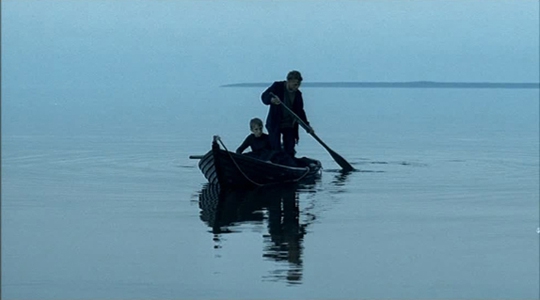
Andrey Zvyagintsev is the other great contemporary Russian filmmaker who has been favorably compared with Tarkovsky, but his gaze is a peculiar one; the slowness and immensity are present, but his gaze is glacial and deeply uncomfortable, the color palette is a cold, gelid light blue, grey, and white, and usually the shot where the highest moment of contemplative beauty is achieved is buried underneath a mountain of dread.
In the film, the lake is present as a whisperer of death, as a monster from which we wait for something horrible and Lovecraftian to come out, just like how the whale comes out in another Zvyagintsev film, “Leviathan”. In “The Return”, as in all his films, the intimate events and enormous themes coexist, as Zvyagintsev moves from a micro-cosmos to a macro-cosmos with incredible simplicity. In a more brutal, depressed, and dark Russia, Tarkovsky’s legacy lives on.
20. Thèrèse (Alain Cavalier, 1986)
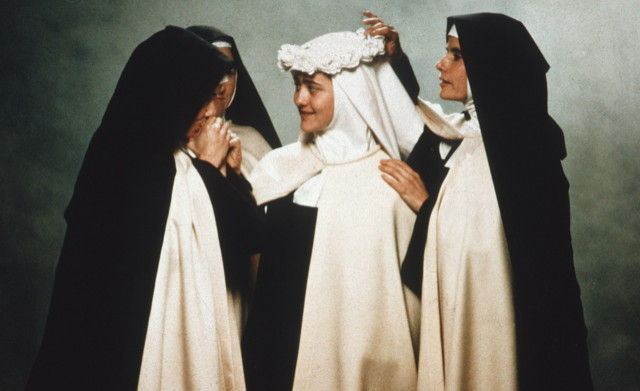
Nuns and saints have interested various filmmakers, as the cinematic eye has a possibility to quietly observe and try to psychologically penetrate their emotions behind their composure, or because, for every person, it is hypnotizing to look at pain, and we think that through that pain, we can actually capture something absolute.
Alain Cavalier opted for a slow approach, one that’s silent and close to cinema veritè, with few fancy camera movements and a sensibility that echoes Bresson and medieval tableaux.
The film itself takes the form of a long prayer, a long rite, and while the film never leaves the realist approach, there is a constant feeling of solemnity, of something happening that transcends the human life.
Author Bio: Gabriele is an Italian film student studying in Scotland. He is an experimental and arthouse cinema enthusiasta and a believer in the crucial importance of freedom of artistic expression.